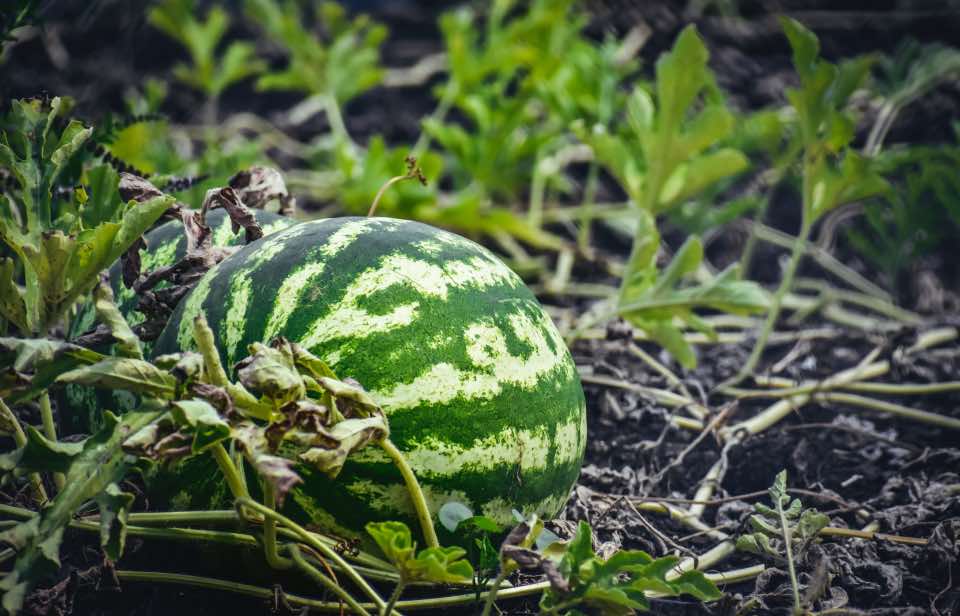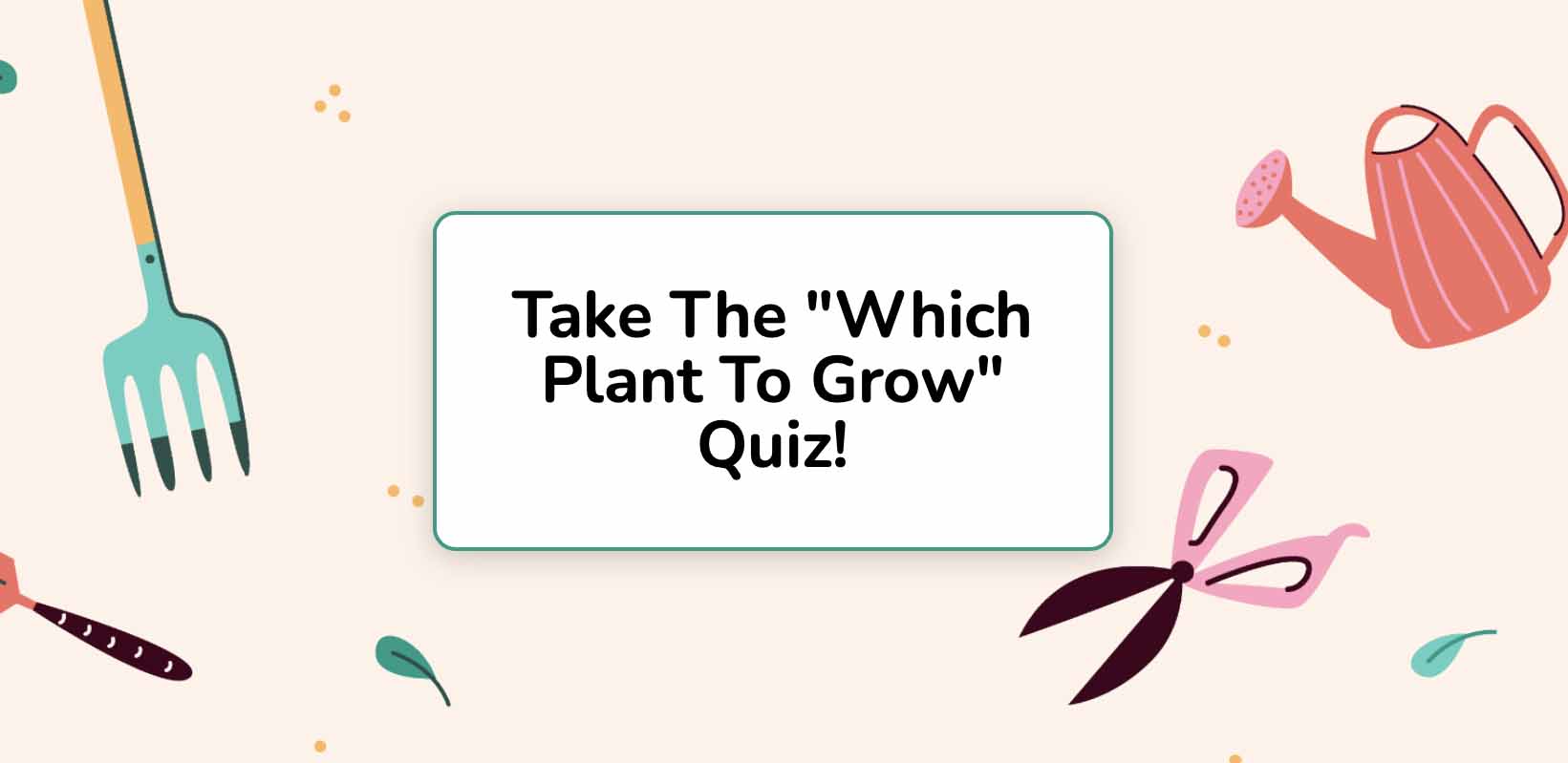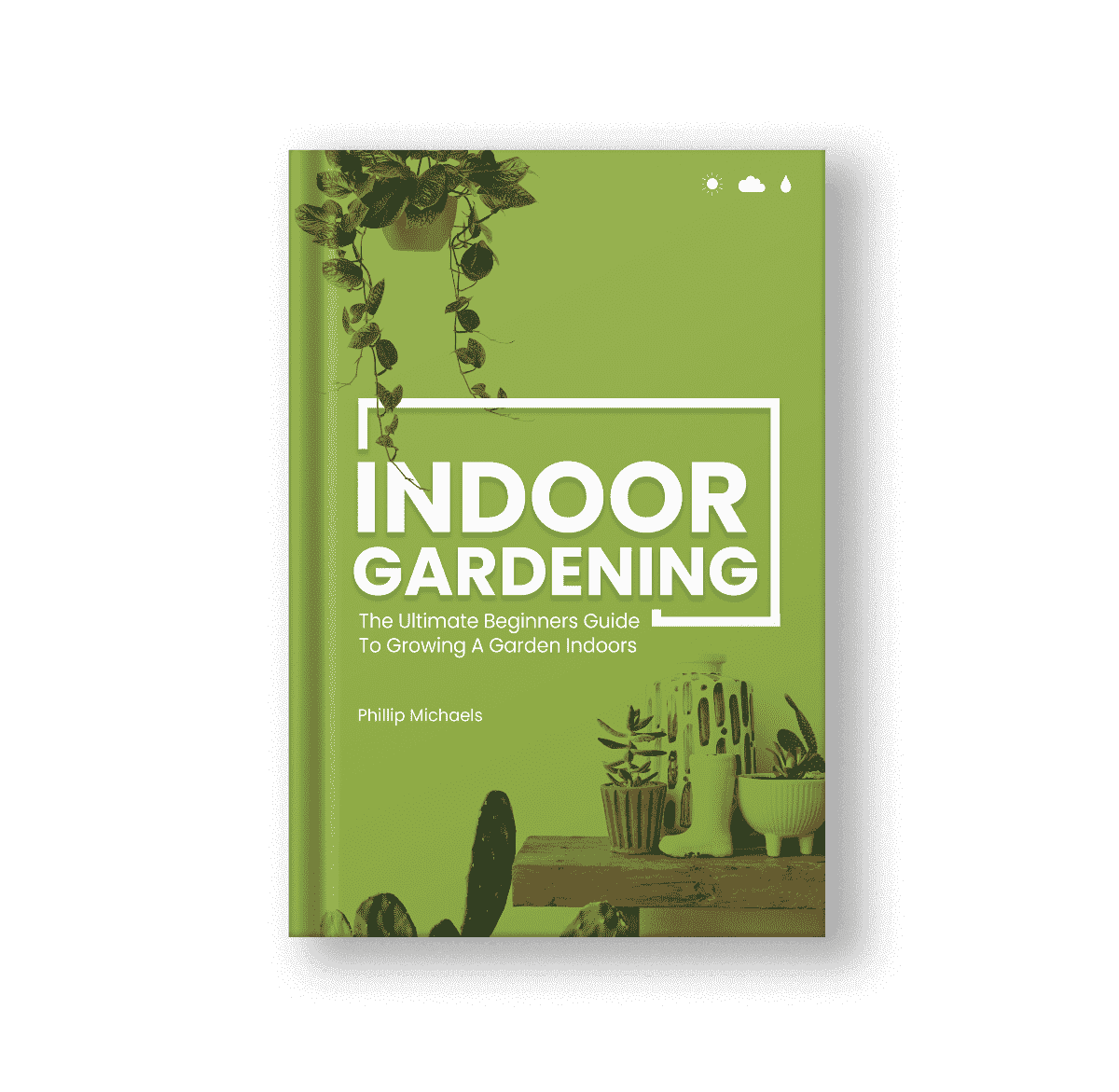Watermelons are the quintessential summer fruit, there’s nothing better than biting into a ripe watermelon on a warm, sunny day. They do require a good deal of space, light, and maintenance though, which can scare off some growers. They’re easier than they sound though, and gardeners of all levels have had success with these fruits. For those that are able to provide all of the above, you’ll be rewarded with a delicious treat come harvest time. In this article, we’ll look at some watermelon growing tips to help you get started the right way.
Watermelon Overview
- Watermelons are a space intensive plant, even smaller varieties will typically need a container to themselves.
- Watermelons like warm soil, that’s why many gardeners will start them indoors to get a jump start on the growing process.
- They like lots of light and water, keep them in a sunny spot and check daily for soil moisture. Also, look to fertilize once a month while they’re growing.
- For indoor growers, try looking into some of the smaller varieties that are better for container growing. These take up less space, and do better when contained.
- Most varieties will be ready to harvest in about 80-120 days giving them a fairly long growth cycle.
Growing a Watermelon Indoors?
First, some bad news. Watermelons are typically not great candidates for indoor growing. Their size is one of the biggest obstacles, as a full grown watermelon can trail vines up to 20’ long. This space requirement puts off all but the most dedicated gardeners.
There are dwarf varieties of watermelons that are significantly smaller, but still require a few feet of space. If you do want to grow completely indoors your best bet is to go with one of these. These require less space, but can still trail vines several feet. Many people do have success container gardening with watermelons though, so don’t be afraid to give it a shot.
There are a number of smaller watermelon varieties, so there are still options for those that lack the outdoor space to grow full sized ones. Our top pick for smaller gardeners and containers is the “sugar baby”. These compact growers are perfect for those with limited space that still want to grow this delicious fruit.
For most gardeners, you’ll want to start your watermelon seeds indoors, and move them outdoors as they begin to germinate. We’ll take a look at what that process looks like next.
How To Plant Watermelons
Watermelons are warm weather crops and need soil temperatures above 70°F to grow properly. They also have a long growth cycle, taking up to 3 months before being ripe. This often means it’s best to start your watermelons indoors, and transplant them later.
Start your seeds indoors about 4-6 weeks before the outdoor growing season. You want to keep the soil during this time warm and moist. Use a seed starter tray for best results or another container that can lock in heat and moisture.
Once the plants have sprouted and grown 2-3 leaves they’ll be strong enough to transplant. Start by pre-treating the planting location with fertilizer or manure to improve its nutrient content. Watermelons are heavy feeders and need all the nutrients they can get. When transplanting, you’ll want to do so sooner rather than later as more mature watermelons will not transplant as easily.
Make sure to provide about 4-6’ between plants if planting multiple. This provides your watermelons with enough room to grow. Once your plants are in the ground give them a fresh dose of water, and then follow with care outlined below.
You can also sow seeds or seedlings directly into the soil skipping the indoor phase. When doing this, make sure that the soil is warm enough, and that you live in a climate that stays warm long enough for your watermelons to mature. Starting indoors gives those with shorter summers the chance to have their plants reach maturity before it gets too cool.
If you’re starting with watermelon seedlings, opt to use biodegradable containers that can be planted directly into the ground. This is because these more mature plants don’t generally take well to transplanting and doing so can damage their roots. By keeping them in their container, you greatly reduce the risk of damaging them when you transplant.
Watermelon Lighting Needs
Regardless of the variety, watermelons need 8+ hours of bright sunlight per day. If not given this, they will not flower and, consequently, not produce any harvestable fruit. Aim for 8 hours, but try to get them more. This means any location you choose for your watermelons should be a nice sunny location that gets lots of light daily.
For indoor growers, you’ll almost certainly need to supplement with a grow light. Aim to get as much natural light as possible, then try to give it about 1.5 hours of grow light time for every additional hour of sunlight you need. You still should be getting as much light as possible to your watermelon to encourage blooms and fruit production.
Watering and Fertilizing
Watermelons are very thirsty plants and like their soil to be constantly moist. You should check it everyday, and will likely be watering several times per week. This is especially true during the hottest of the summer days. You never want the soil to completely dry out, so it’s not uncommon to water multiple times in a single day if it’s unusually warm.
For fertilizer, use a balanced, water soluble or granular fertilizer once per month during the growing season. This will help provide the nutrients your plant needs to keep growing.
One tip from longer time watermelon growers is to stop watering about 2 weeks before you plan on harvesting. The dryer soil will cause the melon to concentrate more sugars which leads to a sweet fruit. This won’t harm the plant as long as you intend to harvest within about 2 weeks of stopping your watering.
Harvesting
The easiest way to tell whether a watermelon is ripe is to watch the tendrils nearest to the vine. These are the long connecting stems that attach the fruit itself to the main plant stem.
As the fruit begins to ripen, these will begin to turn brown and shrivel up. If you notice this, then it’s time to harvest your fruit.
You can also check the underside of your melons to determine ripeness. As the fruit ripens, the underside will turn from green to a white/cream color and eventually to yellow. If you notice this color change then that’s a good indication that the fruit is ready to harvest.
Take a sharp knife or garden shear, and make a clean cut severing the plant from the stem. That’s all there is to it, harvesting your melons is quick and easy, and a welcome respite from the long term care that got it here.
Watermelon Growing Tips
Watermelons are fairly care intensive plants, but will be well worth the effort once you bite into the delicious fruit. Typically an outdoor plant, you can get away with growing some of the smaller varieties indoors in containers if you provide the proper environment. Keep the above tips in mind this summer if you want to grow watermelons.
Have you grown watermelons either indoors or out? Let us know! We love to hear from our readers, and would be happy to share any tips or tricks you might have learned from your own harvest.
Watermelon FAQs
Can You Grow Watermelons Indoors?
Yes, you can grow certain varieties of watermelons indoors or in containers. Choose the smaller, dwarf varieties for best results as these need less space and do better confined in pots and containers.
How Much Space Do Watermelons Need?
Traditional watermelons need about 4-6 feet of space between them and other plants. For containers, opt for ones that are at least 36” in diameter for the smallest varieties.
How Do You Grow Watermelons From Seeds?
The big key is to make sure that the soil temperature is warm enough. Watermelons like the soil to be at least 70°F for them to grow properly. This is why many gardeners will opt to start the seeds indoors, and move them out a few weeks later once the soil has warmed up.







